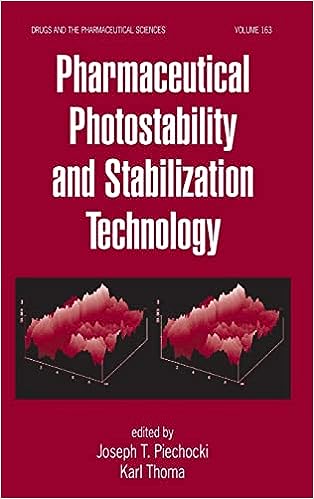Introduction to Microbiological Degradation
Microbiological degradation involves the contamination of drug products by microorganisms such as bacteria, fungi, and molds. These contaminants can proliferate under certain conditions and lead to changes in product quality, safety, and efficacy.
Common Microbiological Degradation Pathways
Let’s explore some of the most common microbiological degradation pathways observed in pharmaceutical products:
1. Bacterial Contamination
Bacterial contamination occurs when drug products are exposed to bacteria, either during manufacturing, packaging, or storage. Common sources of bacterial contamination include raw materials, equipment, and personnel. Bacterial growth can result in spoilage, odors, and the production of toxins.
2. Fungal Contamination
Fungal contamination involves the presence of fungi,
3. Endotoxin Contamination
Endotoxins are bacterial-derived
toxins found in the cell walls of Gram-negative bacteria. Endotoxin contamination can occur during manufacturing processes involving water, equipment, or raw materials. Even trace amounts of endotoxins can cause adverse reactions in patients, making their control essential in pharmaceutical products.4. Sterility Assurance
Sterility assurance is critical for parenteral products, such as injectables and ophthalmic preparations, which are administered directly into the bloodstream or body tissues. Microbial contamination in these products can lead to serious infections and septicemia. Sterility testing and validation of aseptic manufacturing processes are essential for ensuring product safety.
5. Preservative Efficacy
Preservatives are often added to pharmaceutical formulations to prevent microbial growth and contamination during storage. However, the efficacy of preservatives can be affected by factors such as pH, temperature, and the presence of other excipients. Stability testing is conducted to assess the effectiveness of preservatives over the product’s shelf-life.
